Illustrated Books in Baltimore 2
Posted by ddrees on June 21, 2009
 lso during spring break, I went to the Walters Art Museum to see an exhibit called The Saint John’s Bible: a Modern Vision through Medieval Methods
lso during spring break, I went to the Walters Art Museum to see an exhibit called The Saint John’s Bible: a Modern Vision through Medieval Methods
I first read about The Saint John’s Bible in an article in the Smithsonian Magazine titled Inscribing the Word. Smithsonian Magazine. (December 2000). Named for Saint John’s Abbey and University in Minnesota, the Bible manuscript is an unprecedented project in modern times to make a superb new version of the Bible on parchment with entirely original artwork to reflect contemporary times.I made note and saved some clippings but I did not anticipate being able to see the real thing in the future.

This from the Walter’s brochure;
Since the earliest days of Christianity, scribes and artists have been creating beautiful copies of Holy Scripture. The Saint John’s Bible carries this tradition forward into the 21st century. This magnificent hand-illuminated seven-volume bible, commissioned by Saint John’s Abbey and University in Collegeville, Minnesota, is the result of more than 10 years of collaborative work between artists, scribes and theologians. This exhibition features leaves from the Books of Wisdom and Prophets, interspersed with examples of Christian and Jewish texts from medieval Europe, Islamic manuscripts from the Middle East and India and Buddhist scriptures from Thailand.
Designing this new handmade book was aided by computer in preliminary layouts. It makes it so much more of a wonder that handmade book production in the middle ages was so fine. The St. John’s Bible designers were able to do their copy-fitting on computer before starting on the parchment sheets.The style is painterly and reflects various expressionist tendencies of contemporary times. I get the sense that early Kandinsky is an influence or sensibility. The typographic designs remind me a little of Paul Klee. The illuminations are authored by more than one artist but the project is much specified by common goals. I really liked most of the images and by the time they were painted on the final parchments, they were beautifully crafted and I could see them first hand. There is a lot to be said for the textures of the real thing, the way raking light passes over areas of greater and lesser slickness and such. Screen pictures homogenize images and much is lost.

I bought the wonderful companion book Illuminating the Word; the making of The Saint John’s Bible by Christopher Calderhead ,which describes the project including tools, techniques and editorial decisions.The book has wonderful discussions of the grid system and typographic hierarchy that I shall be happy to use in Design and layout class when discussing the same. There are also facsimiles and prints of all these available, albeit expensive, to share the book with the world and to cover some of the vast expense of making it. Manuscripts were enormously expensive in the old days as well and the Gutenberg revolution was a massive shift as is the ability to publish blogs.
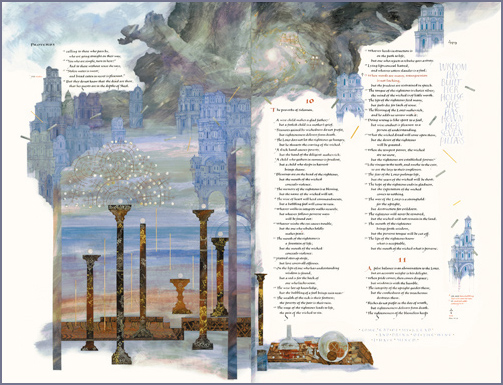
Official website for the Bible is so good as a resource it could be used to augment a college course in manuscript illumination.It has videos of designers and calligraphers, materials,a great glossary of terms, bibliography, Internet resources, and page by page images of the book.
The largest images available on the site, but with watermarks across them, are in the custom print section of the site’s store.
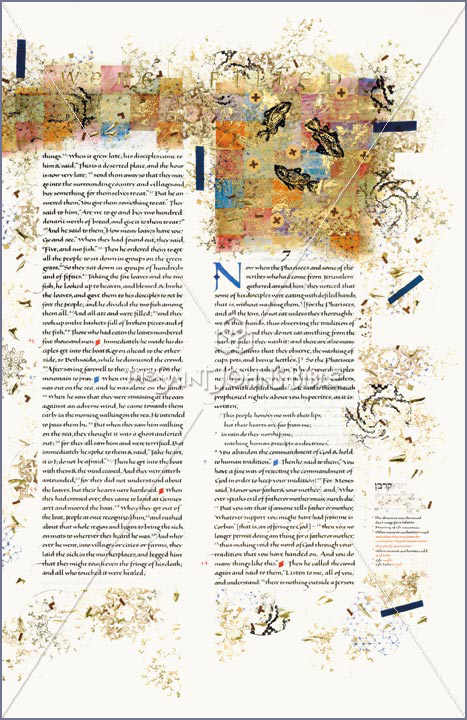
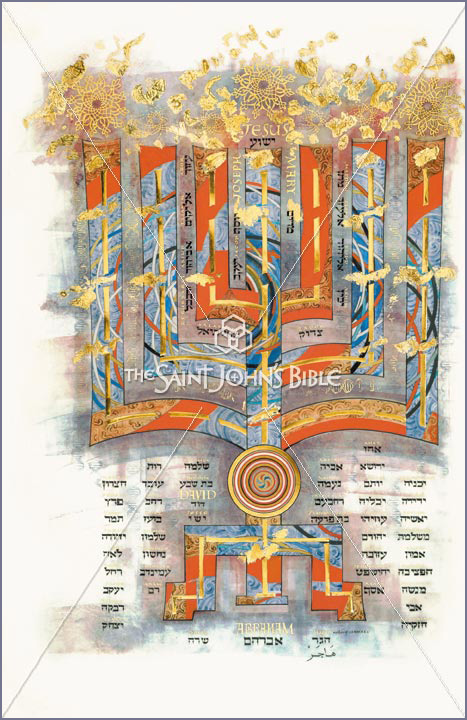
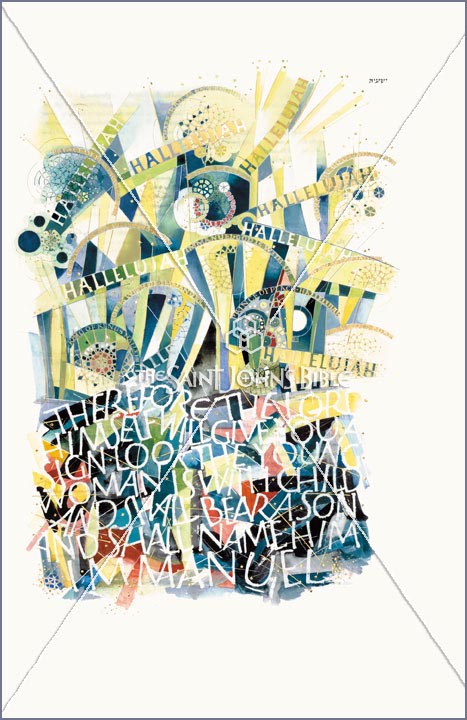
The site is a little difficult to navigate and there are areas hidden within a curriculum resources page which are worth pursuing. For example my search for illuminated D initials at the Hill Museum and Manuscript library yielded 1924 results. So much for my little folder of initials that I have been collecting from here and there for over ten years.
The Walters Museum where I saw the exhibit has excellent manuscript and rare book collections, 18th and 19th Century art, Asian art, Egyptian, Nubian and Ethiopian art, to mention a few.
The Walters Art Museum in Baltimore, Maryland is internationally renowned for its collection of art, which was amassed substantially by two men, William and Henry Walters, and eventually bequeathed to the City of Baltimore. The collection presents an overview of world art from pre-dynastic Egypt to 20th-century Europe, and counts among its many treasures Greek sculpture and Roman sarcophagi; medieval ivories and Old Master paintings; Art Deco jewelry and 19th-century European and American masterpieces.
The Saint John’s Bible show at the Walter’s also has a nice page, but I am not sure how long it will be there.The show was curated by Ben Tilghman, Zanvyl Krieger Curatorial Fellow, and Kathryn Gerry, Andrew W. Mellon Fellow, Department of Manuscripts and Rare Books. It included more than The St. Johns Bible as the Walter’s writes below.
Featuring nearly 40 volumes from the Walters’ world-renowned collection of manuscripts and rare books, this exhibition will examine the historical traditions of illuminated scripture in the context of a 21st-century manuscript, The Saint John’s Bible. Although it is still yet to be finished, The Saint John’s Bible has already been recognized as a masterpiece of contemporary calligraphy and book arts, and this exhibition marks the first time the manuscript has been examined in its historical context.
The idea of making a manuscript Bible may seem strange at the dawn of the 21st century, particularly considering the time and resources that go into making such a large book: when finished, the seven-volume bible will contain 1,150 pages and measure approximately three feet wide by two feet tall when open. But a quick glance at the illuminations throughout the book reveals that this is a project very much of its time. The artists use bold, abstract designs and collage techniques to create stirring compositions that often incorporate visual imagery from the modern world, such as computer voice-prints and images from the Hubble Space Telescope. The community at Saint John’s University and Abbey in Collegeville, Minnesota, which commissioned the manuscript, has a long tradition of scholarly inquiry and social engagement, and many of the illuminations reflect these concerns through references to the biblical past and current events. As a whole, the project represents an ambitious effort to envision a modern biblical art that is nevertheless deeply rooted in the long-standing tradition of manuscript production
That tradition, both in Christianity and in religions throughout the world, can be traced through the Walters superb collection of manuscripts and rare books. Featured in this exhibition will be manuscripts from many different religious traditions, including Islam, Judaism, Buddhism, and Hinduism. Particularly striking and beautiful is a Thai manuscript, in an accordion-folding format, that illustrates the many ways in which elephants were believed to bring good luck to the Thai royal court. The exhibition will also look at the history of calligraphy, both in the past and as it is practiced today. Fine examples of Medieval, Renaissance, and Islamic scripts will accompany works by highly-regarded contemporary calligraphers Sheila Waters, Julian Waters, and Mohamed Zakariya, vividly showing how contemporary lettering artists continue to build on the tradition they have inherited.
As a whole, the history of manuscripts, particularly as represented in this show, encourages us to reflect on how our understanding of what we read depends on the form in which we read it. In an age of disposable media—magazines, newspapers, and, above all, digital texts viewed on computers—it is easy to read things quickly and without much thought. When each book is a unique object, as all manuscripts are, both the maker and the reader are inspired to consider words and pictures much more carefully and deeply.
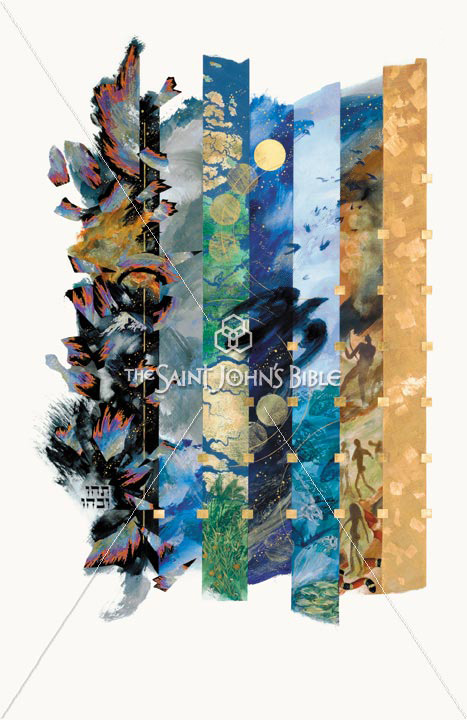

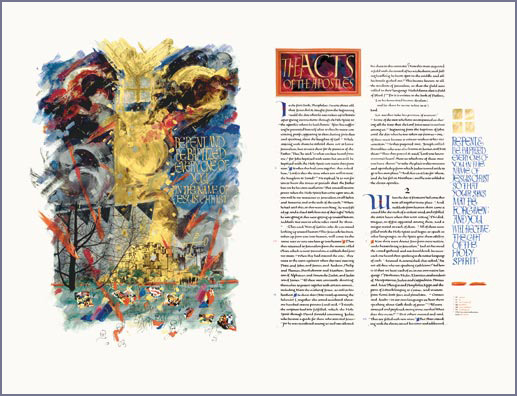
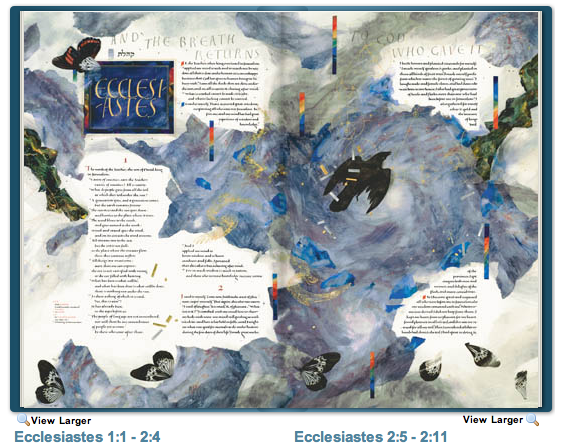
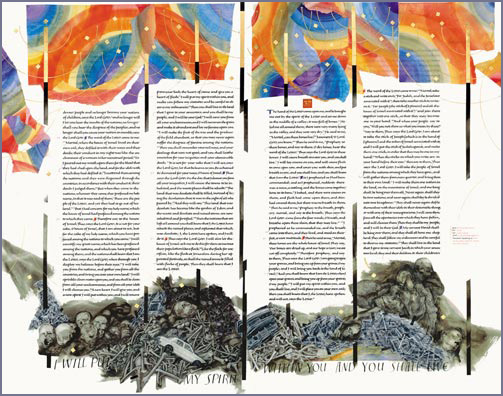
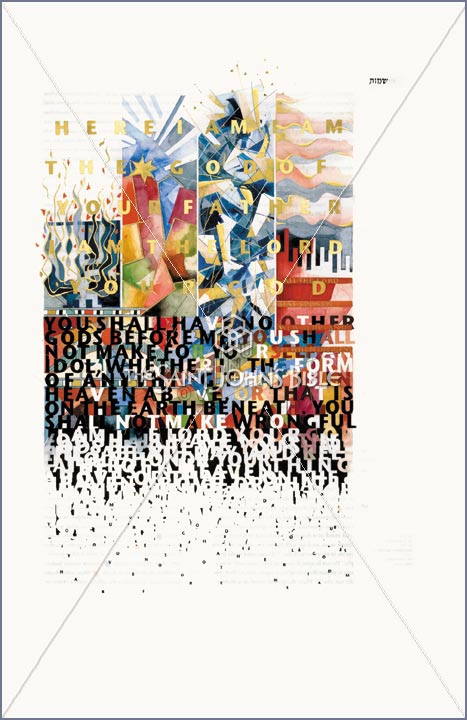
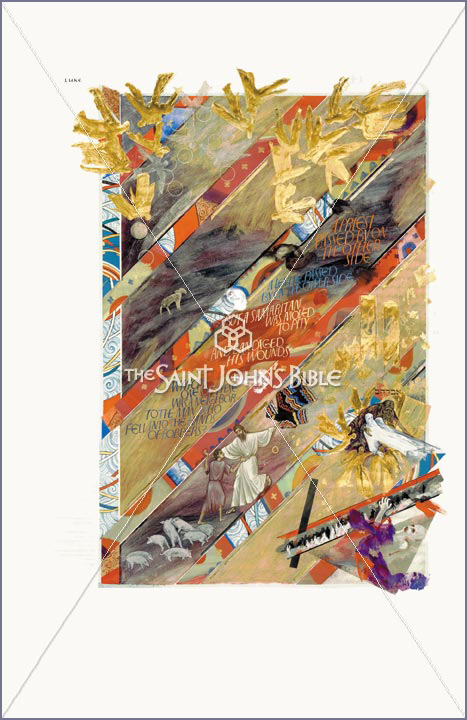
We can look forward to future shows relating to the Walter’s fine manuscript and book collection. So I am again enriched by having looked at the actual illustrations for books first hand.




Leave a comment